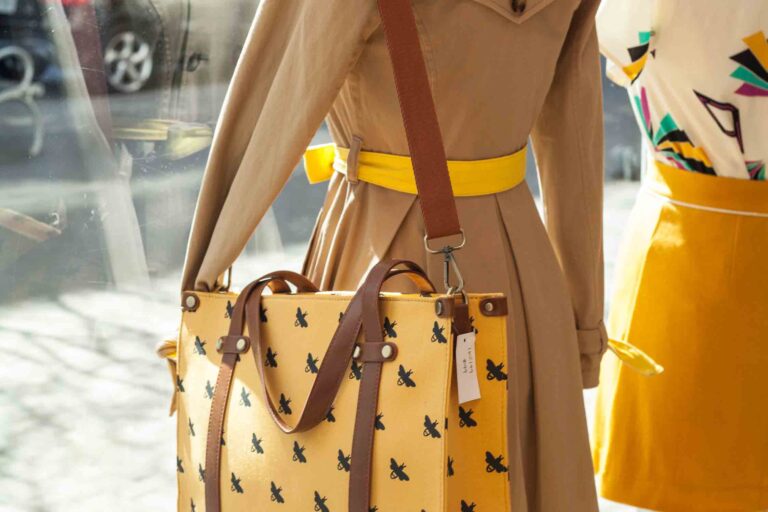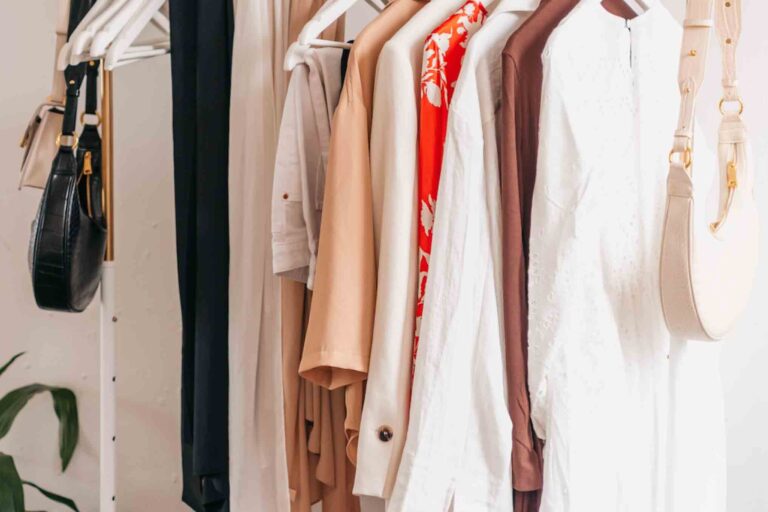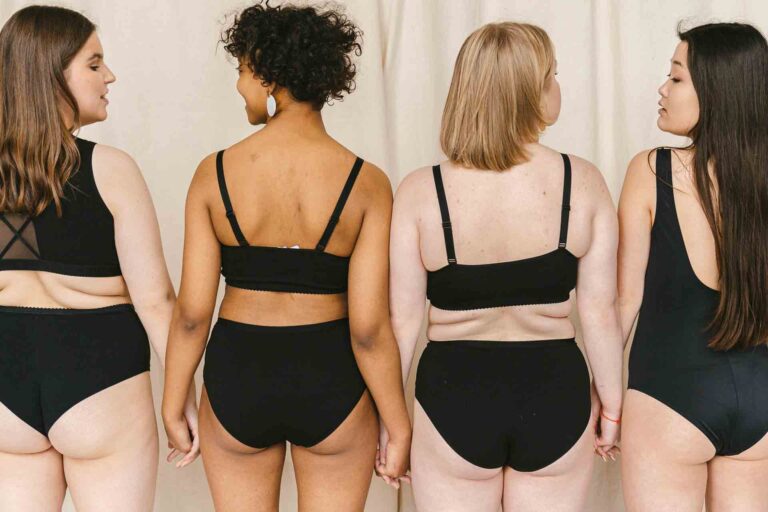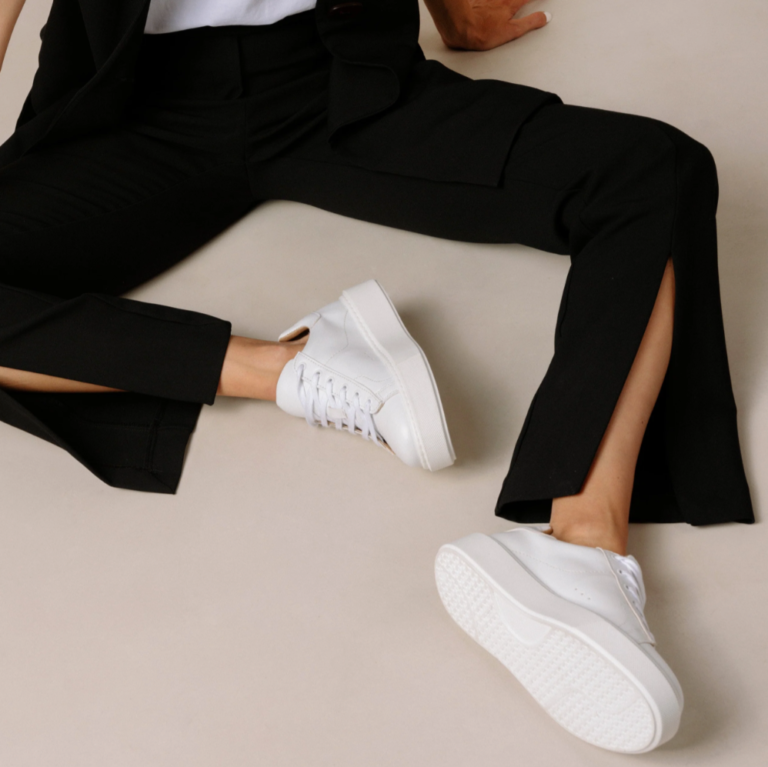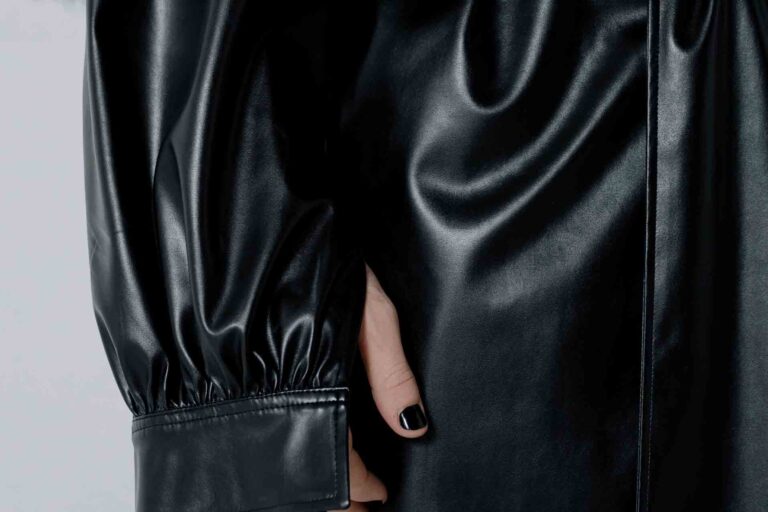Remember the “Go Bananas” song from your childhood? I vividly remember acting it out: peel bananas, slice bananas, eat bananas, go bananas!
But, there’s one action I don’t remember acting out that’s making huge strides in the world of sustainability today: wear bananas.
Or, to be more precise, wear banana plants. Bananatex is a sustainable fabric that’s making serious strides towards a more sustainable future.
But, what exactly is Bananatex, and does it actually stand up to its green promises? Today we’ll discuss how and why going bananas just might be the next best thing for our wardrobes, and what it could mean for the future of sustainable design.

What is Bananatex?
So, what exactly is Bananatex? Simply put, it’s a material made from the fibers of banana plants, specifically the Abacá tree, also known as ‘banana hemp.’ Abacá is a resilient plant that thrives without needing pesticides or extra water. This makes it not only eco-friendly but also easy to cultivate. Each plant has multiple stalks that can be harvested annually, regrowing fully within a year.
The Birth of Bananatex
The story of Bananatex begins with a Swiss backpack brand called Qwstion. Founded in 2008 by a group of five designers, Qwstion aimed to blend style with sustainability, creating commuter backpacks that were both fashionable and functional.
Their approach was rooted in Swiss modernist design, emphasizing minimal environmental impact through working with small, transparent factories and using renewable resources like organic cotton.
Qwstion didn’t stop at organic cotton. Aware of the environmental downsides of synthetic materials and harmful waterproof coatings commonly used in backpacks, they sought a natural alternative. This pursuit led them to develop Bananatex – a durable, waterproof material made from natural, renewable fibers.
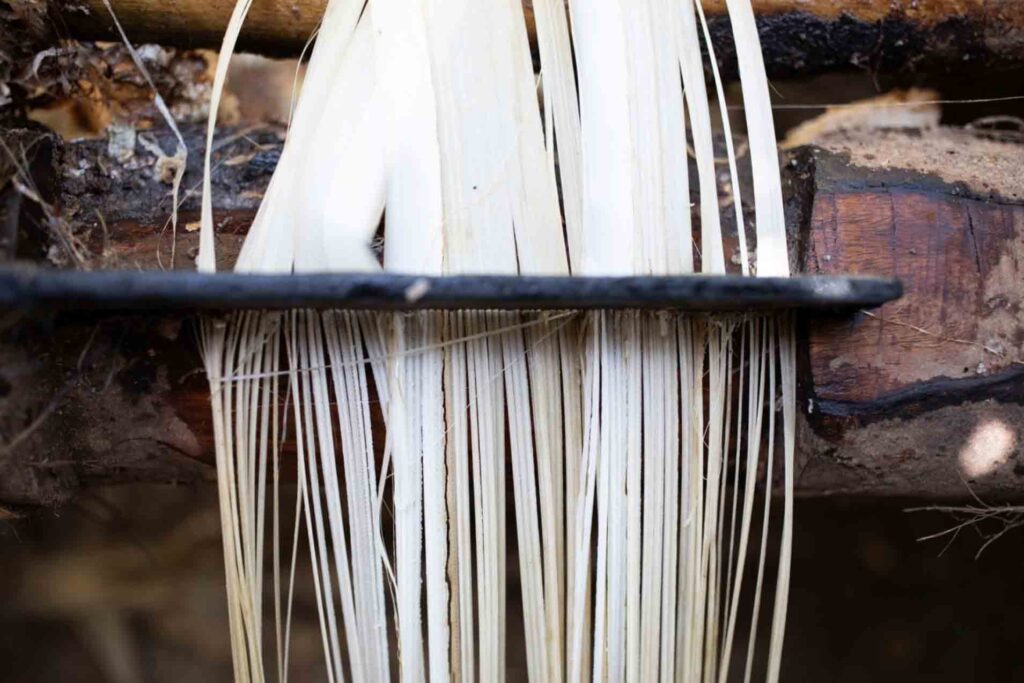
How is Bananatex Made?
The fabric itself is crafted by transforming extracted fibers from the harvested stalks of naturally grown abacá banana plant into yarn at a paper mill in Taiwan, and then woven into a versatile fabric. Once the stalks are harvested, the Abacá plant’s leaves naturally decompose, creating an all-natural fertilizer.
Bananatex Recognition
Bananatex has not gone unnoticed in the sustainability world. It has earned accolades such as the Green Product Award in 2019 and the German Sustainability Award Design in 2021. It’s also Cradle to Cradle Certified® Gold, which speaks to its safety and environmental friendliness.
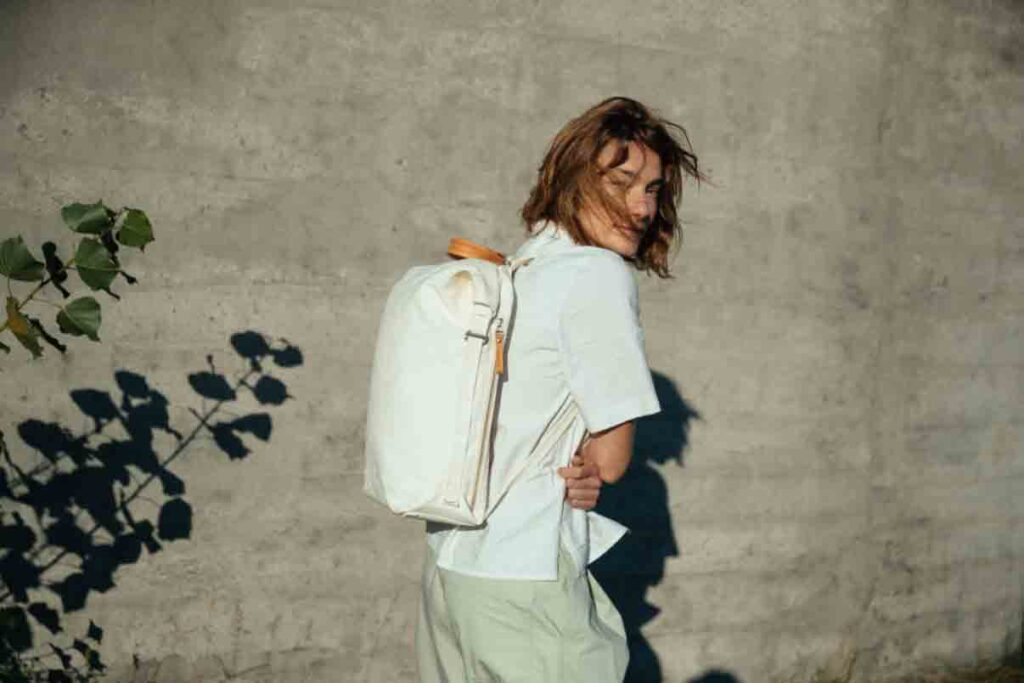
Bananatex Environmental Impact
With all the greenwashing out there, it’s normal to be skeptical about ‘environmentally friendly’ claims that are fast fashion brands often hide behind. Bananatex, however, is doing more in addition to offering a biodegradable, plastic-free alternative to synthetic fabrics.
It’s actively benefiting the natural ecosystem where it’s grown: in the Philippines, where it’s cultivated, Bananatex is part of reforestation efforts in areas previously damaged by monocultural palm plantations.
Advantages of Banana Fiber
Bananatex breaks new ground in many ways. Among its positive attributes:
- Vegan fabric
- Plastic-free alternative to synthetic materials
- Waterproof natural wax coating
- Cultivation process is free from pesticides and fertilizers
- Durable, flexible, and available in multiple weights
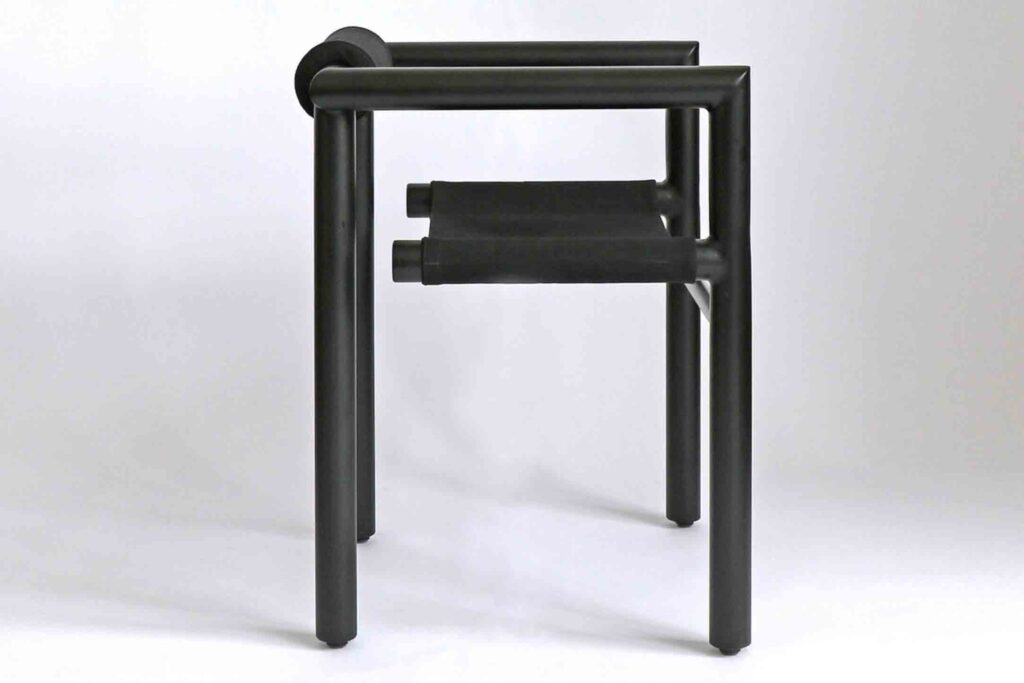
Real-World Applications: Fanny Packs to Furniture
Qwstion first developed Bananatex to create their own backpacks, and now have a versatile line that includes backpacks, fanny packs, roll packs, and other pouches and bags.
Additionally, brands like MCM WorldWide, COS, and Liunic + H&M have integrated Bananatex into their collections, demonstrating its versatility across different fashion genres.
It’s also growing roots outside of fashion: German design studio PALAIUS used Bananatex in the design of their chair “MAE.”
What Does the Future Hold?
The Future of Bananatex
Qwstion has kept Bananatex open source, encouraging other brands to use this fabric and promoting a shift towards more sustainable materials in fashion and furniture. This approach offers exciting possibilities for the use and development of Bananatex in various industries.
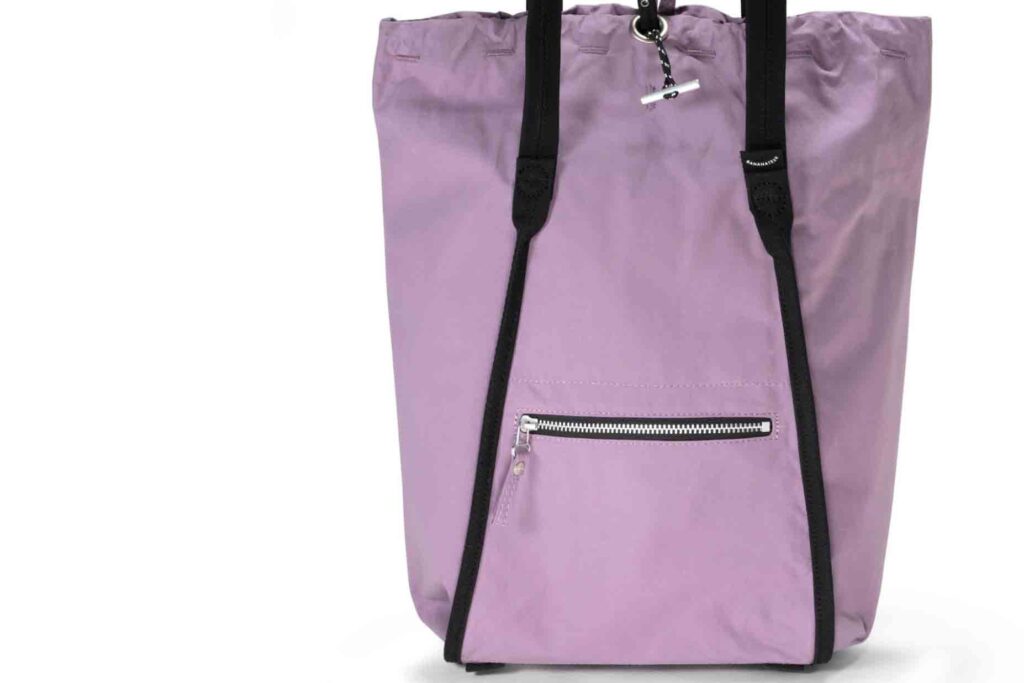
A Banana-Inspired Future
Bananatex is an incredible step towards a more sustainable future for many reasons. As we look to create better options in the future, there are a number of things we can take away and look to apply in more technologies, including:
Regenerative Ecosystem: Environmentally-friendly technologies of the future will improve the ecosystem, and help improve the environments they’re from, instead of depleting them.
Biodegradability: A huge issue of synthetic fabrics today is decomposition – polyester, for example, can take anywhere between 20-200 years to decompose.
Ethical Production: Another benefit Banantex offers is to the community that harvests and produces it. Transparency, fair pay, and ethical working conditions are crucial aspects to ensuring an innovation is truly sustainable – not just for the environment, but for the people as well.

Additional Sustainable Alternatives
Bananatex is one of many exciting innovations that could be pushing the field of fashion into the future. The list of sustainable material and textile options continue to grow. A few to point out include:
Polybion: Polybion is an innovative biomaterials company that’s making a leather alternative out of bacteria cellulose, made from fruit waste. The resulting material is organic, vegan, and made in a carbon-neutral industrial scale facility.
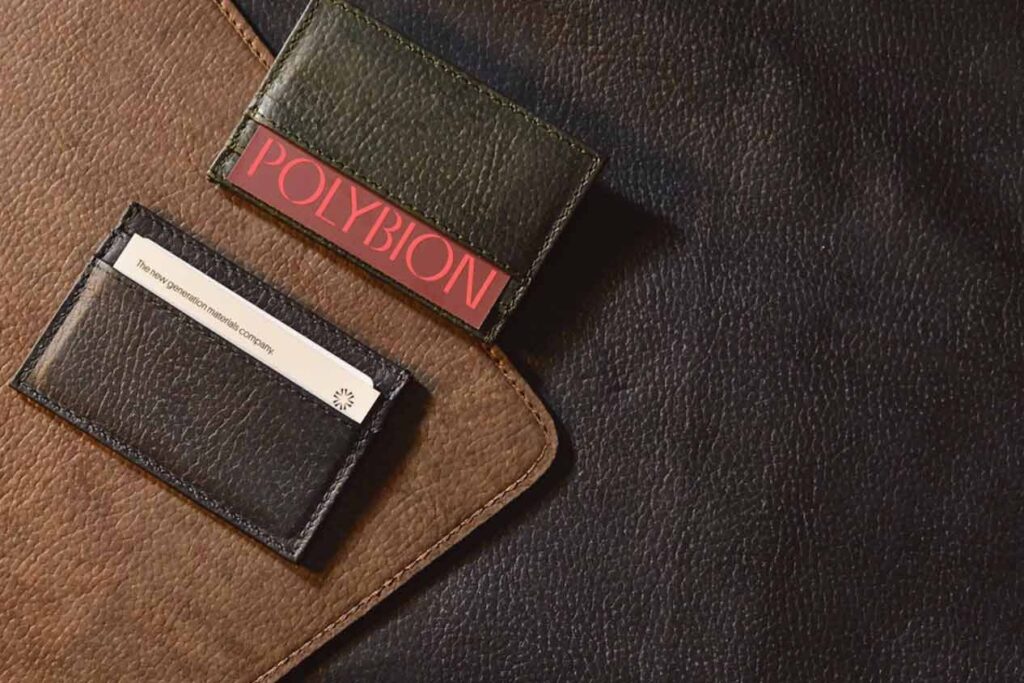
Natural Fibers: Organic cotton is a prime example of a natural fiber that has gained popularity for its reduced environmental impact compared to conventional cotton. Its cultivation involves practices that reduce the use of harmful chemicals and promote sustainable farming.
Sustainable Semi-Synthetics: Bamboo lyocell, a semi-synthetic material, offers a sustainable choice for its eco-friendly production processes. Bamboo, a fast-growing plant, can be transformed into soft and breathable textiles without compromising the environment.
Recycled Synthetics: Recycled nylon and other materials fall into this category, providing new life to existing materials while minimizing waste and reducing the need for virgin resources.
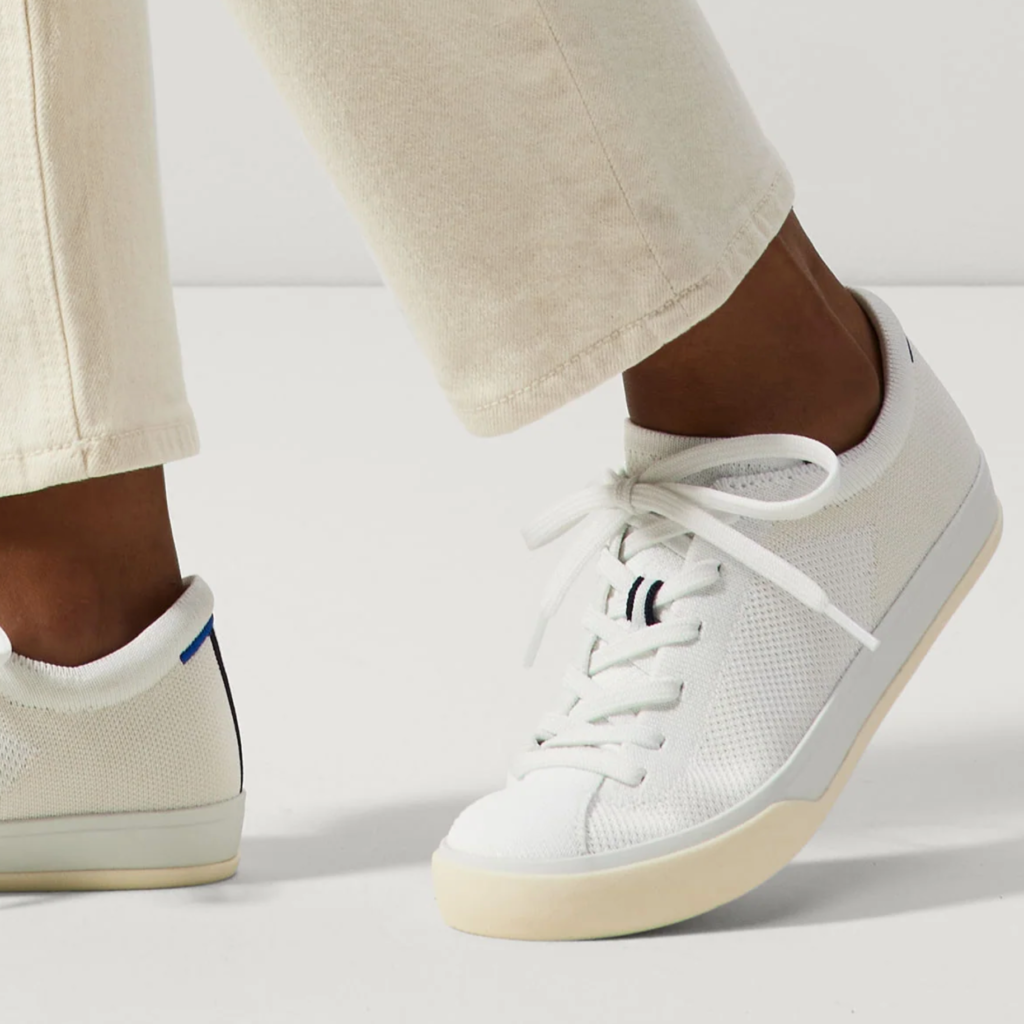
Wrapping Up
Banantex is peeling away from fashion norms and cultivating a new sustainability pathway for brands to follow to avoid unsustainable and fast fashion practices. It’s not just a fad, it’s a new way of looking at the materials we use, one that uplifts communities, restores ecosystems, and sets a new standard for eco-friendly innovation.


